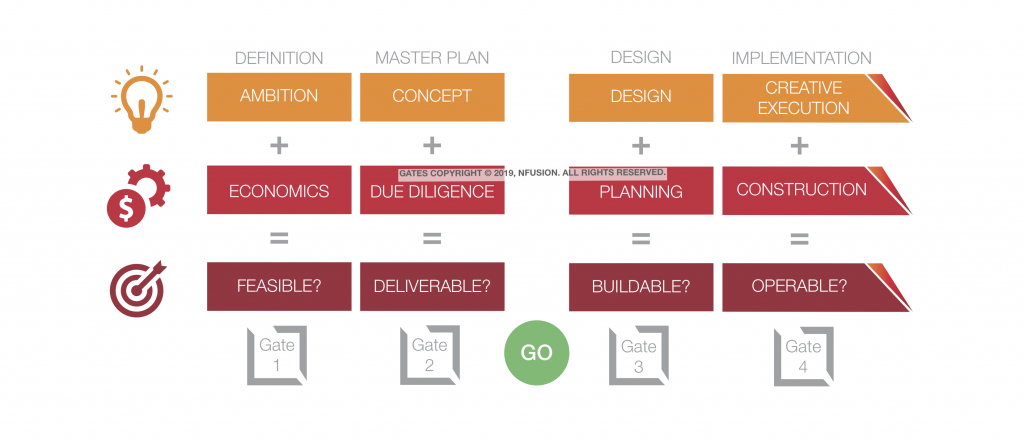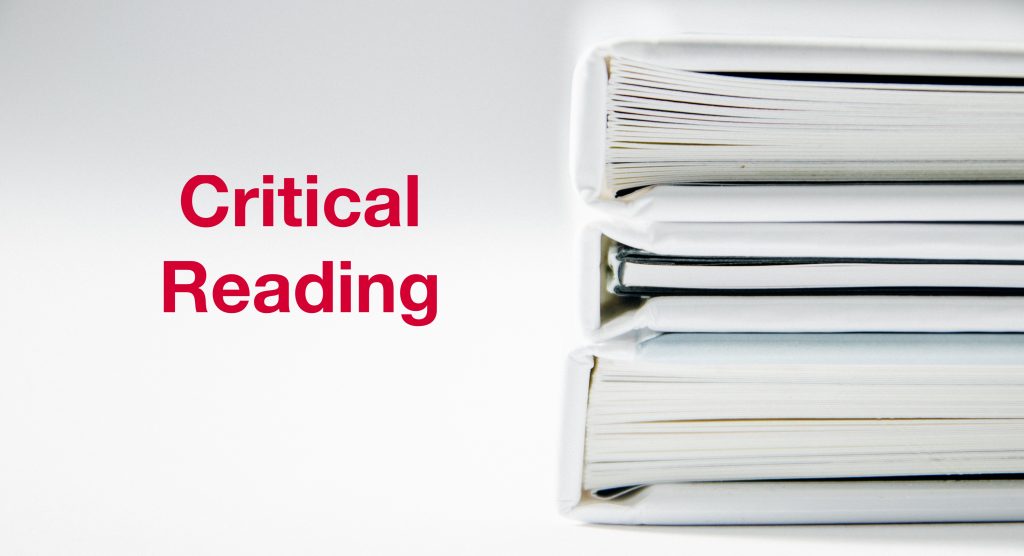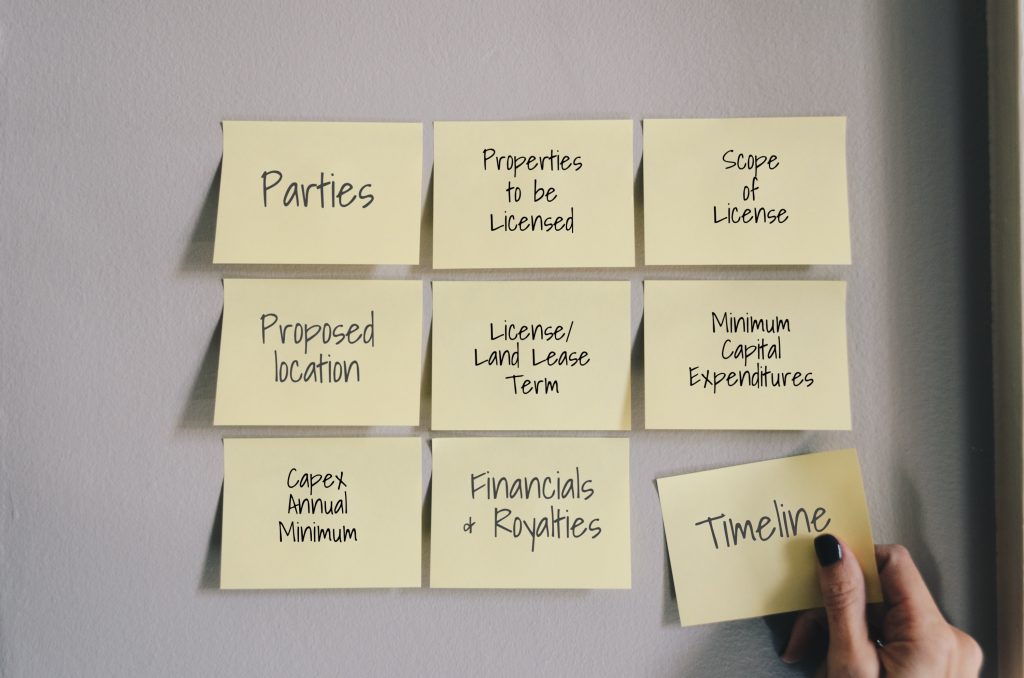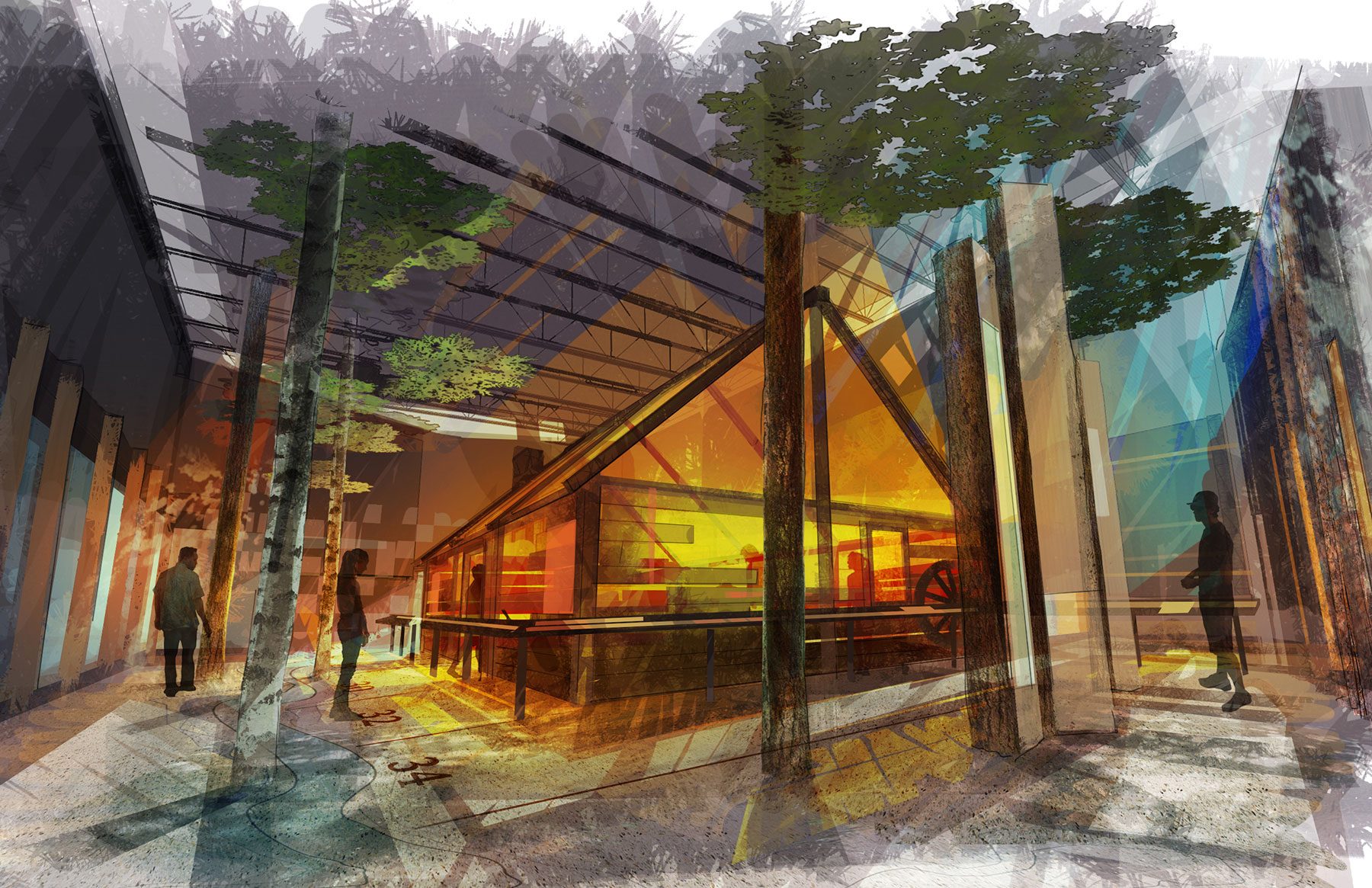The Ins and Outs of IP Agreements: A Framework for Tackling These Complex Negotiations
Intellectual property (IP) agreements are typically the keys that allow fictional worlds to come to life through rides, interactive experiences, and more.
One of the main factors that draws guests of all ages to themed destinations – over and over again – is the appeal of the innovative ways to enjoy and engage with beloved characters. Intellectual property (IP) agreements are typically the keys that allow fictional worlds to come to life through rides, interactive experiences, and more.
These agreements between a licensor (the entity that owns the rights to, for example, a character’s name and likeness) and the would-be licensee (the third-party who seeks to utilize this likeness within defined parameters), as well as the negotiations behind them, are one of the most complex aspects of these projects – on the legal, financial, and creative fronts.
So how can themed destination developers and owners interested in utilizing IPs, from the top tier to the more obscure, ensure that their visions are realistic with regard to their scope and budget?

And then, how can they proceed through the inevitably detailed and prolonged process in a relatively pain-free way?
At nFusion, our approach to IP management is influenced by our collective experience working with hundreds of license holders and owners. Below, we explain the typical framework for the negotiation and agreement process.
Navigating the Risks
We approach the projects we work on with a Four-Gate process that poses the questions of whether they are feasible (Gate 1), deliverable (Gate 2), buildable (Gate 3), and operable (Gate 4).

We also emphasize the importance of setting milestones within each of the four gateways that help to keep a project aligned, under budget, and on schedule on every level and at every step of the way.

Due to the intricacies of IP agreements, terms should be determined early on in the development process, through Gates 1 and 2 – the phases that address risks and define scopes, before the vast majority of funding is committed.
If there is any chance that negotiations to secure an attraction’s ‘big idea’ could still fall through while other aspects of a project drift beyond Gate 2, the results could be disastrous.
As with each aspect of a project, we’ve found that having a framework in place for negotiating, solidifying, and implementing IP agreements ensures that all parties work together efficiently.
It’s important that all stakeholders review IP agreements, which can be hundreds of pages, with a fine-tooth comb to ensure that everything they have envisioned is actually within parameters. Without a deliberate process and shared understanding, there is a highly increased risk of getting off course.

Based on our experience working with a range of license holders, owners, and developers and learning the ins and outs of their individual processes, we’ve created a general framework that can be tailored to each partnership.
IP Feasibility: Defining the Vision

The period of time before Gate 1 of themed destination development is passed, typically lasting at least nine months, is essentially when the works goes into aligning a project’s vision and ambitions with its economics and business model.
On the IP side of things, this phase begins with development stakeholders and license holders conducting initial engagement meetings.
From there, the next step should be to draft a term sheet, and then for each party to agree to a memorandum of understanding (MoU), a non-legally-binding document that helps ensure each stakeholder is on the same page regarding the proposed partnership.
The key licensing terms to address for a theme park project at this time typically include:
1. Parties
2. Properties to be Licensed
3. Scope of License
4. Proposed Location
5. License Term / Land Lease Term
6. Minimum Capital Expenditures
7. Capital Expenditure Annual Minimum
8. Financials & Royalties
9. Timeline
10. Management & Process for Vendor Engagement
11. Project IP Definition (Concept)
12. Derivative Works
13. Exclusivity
14. Approval Rights
15. Consultants
16. Clearances

Simultaneously, the development teams will define the overall creative vision of the project, land use and entitlements, and business/financial planning, which will continuously inform the IP license discussions.
Further, all anticipated costs associated with the IP – including fees, royalties (including those paid to third parties), and licensor services – should be estimated and incorporated into the total project budget.
By the end of Gate 1, the goal is to finalize short-term agreements – such as an Exclusive Option Agreement, which presents a timeframe during which the owner/developer has the exclusive rights to explore and make a final decision regarding the partnership – that allow for the initial use of the IP while negotiating definitive, long-term agreements.
IP Deliverability: Finalizing the Agreement

After the Exclusive Option Agreement has been signed and the IP phase of a development has moved to pass Gate 1 into the year or more that leads up to passing Gate 2, it is then time to ensure the IP is fully incorporated within scope into the masterplan, concept design, and three core documents:
- The Program Book, which documents why the project is being developed and what the scope is, and includes an outline of key dates.
- The Delivery Plan, which contains how the project will be delivered, including a detailed work plan and schedule.
- The Implementation Manual, which lays out the rules and protocols for the entire development process, through opening day.
Because the masterplan, design documents, and core documents outlined above must be fully fleshed out before passing Gate 2, it is critical that all definitive agreements for the license, development services, and equity participation of the IP are finalized and signed during this period.
This way, the definitive agreements can be undertaken against a clear framework and if any ‘off ramps’ remain, they are clearly and acceptably resolved.
During this period of time, a more accurate cost estimate should also be defined based on the finalizing of the scope and alignment with proposed budget is confirmed.
Ultimately, these definitive agreements typically set the owner/developer and IP holder up for commitments ranging from 25 to 50 years, on a renewable basis.
Through Construction and Beyond
License holder involvement does not end once the construction phase begins. IP licensors typically remain closely involved during construction, and ensuring appropriate representation of the IP through marketing and operations.
The extent of this involvement can vary based on the license holder’s typical practice and terms of their definitive agreements with the owner/developer.

In subsequent articles, we will take a deeper look into the roles that the owner/developers and IP license holders play through the processes defined in this article and beyond. We will also explore common challenges faced by both parties and propose actionable steps to overcome these.
- Negotiation banner Photo by Dylan Gillis on Unsplash
- Dollars Photo by Pepi Stojanovski on Unsplash
- Documents Photo by Beatriz Pérez Moya on Unsplash
- Vision document Photo by Riccardo Annandale on Unsplash
- Post-it Note Photo by Kelly Sikkema on Unsplash
- Finalizing Agreement Photo by Cytonn Photography on Unsplash


